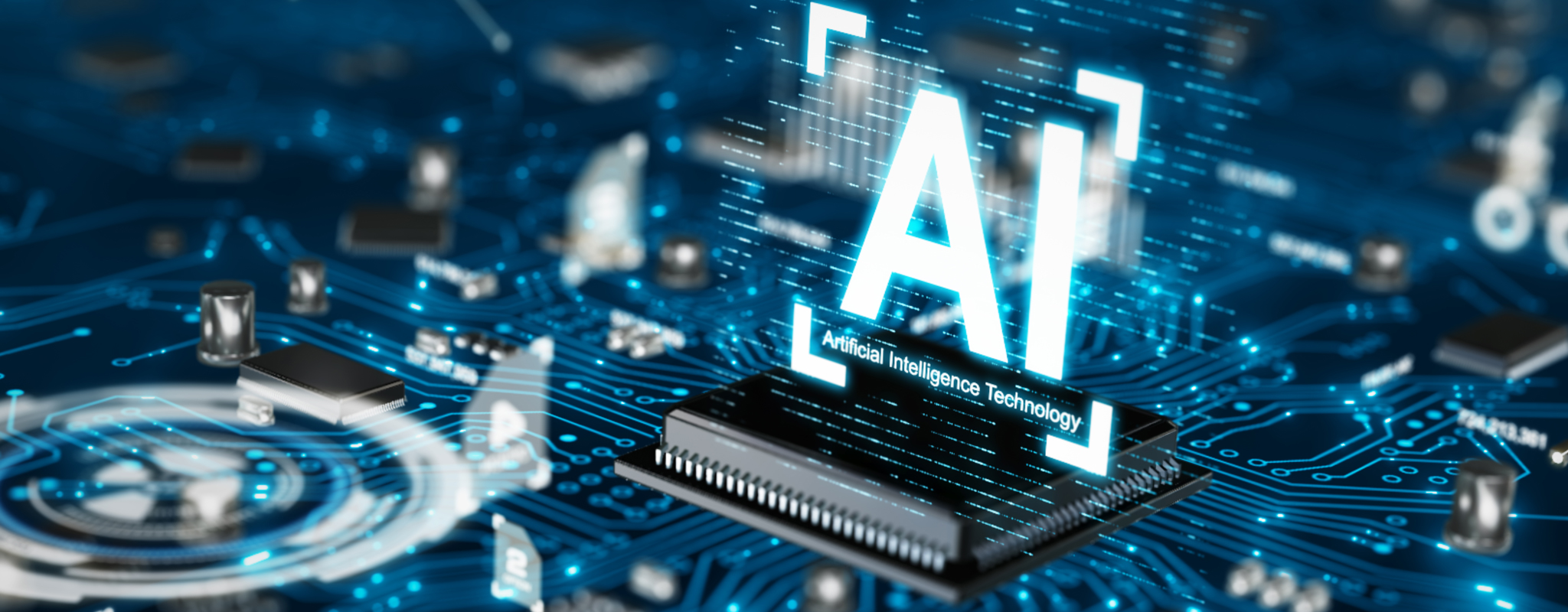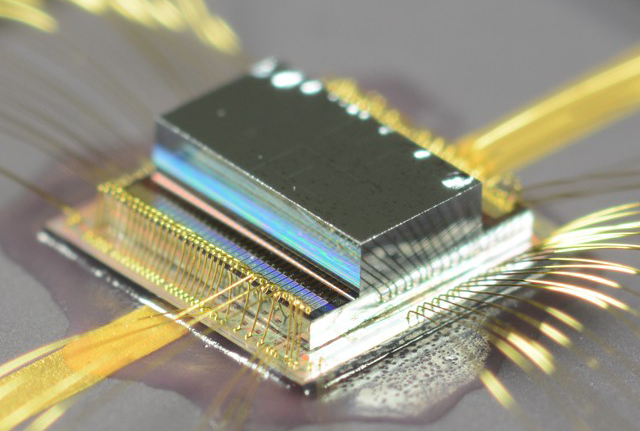Machine learning, mathematical optimization, neural networks, deep learning – the methods of artificial intelligence open up brand new opportunities and represent a paradigm shift for applied research.
Why do we use artificial intelligence? Through the use of AI, we can develop solutions that were previously inconceivable. Building on our many years of experience in microelectronics, sensor technology and data analysis with numerous outstanding developments, we employ artificial intelligence in all our research areas. In this way, we develop new technologies and services to meet the pressing challenges of industry, commerce and society with smart and secure solutions.
What distinguishes our work? We combine outstanding know-how in the individual specialist subject areas with a holistic view of AI usage, covering everything from hardware and sensor technology, to data communication and data analysis, to the optimization of individual applications and entire business processes.




